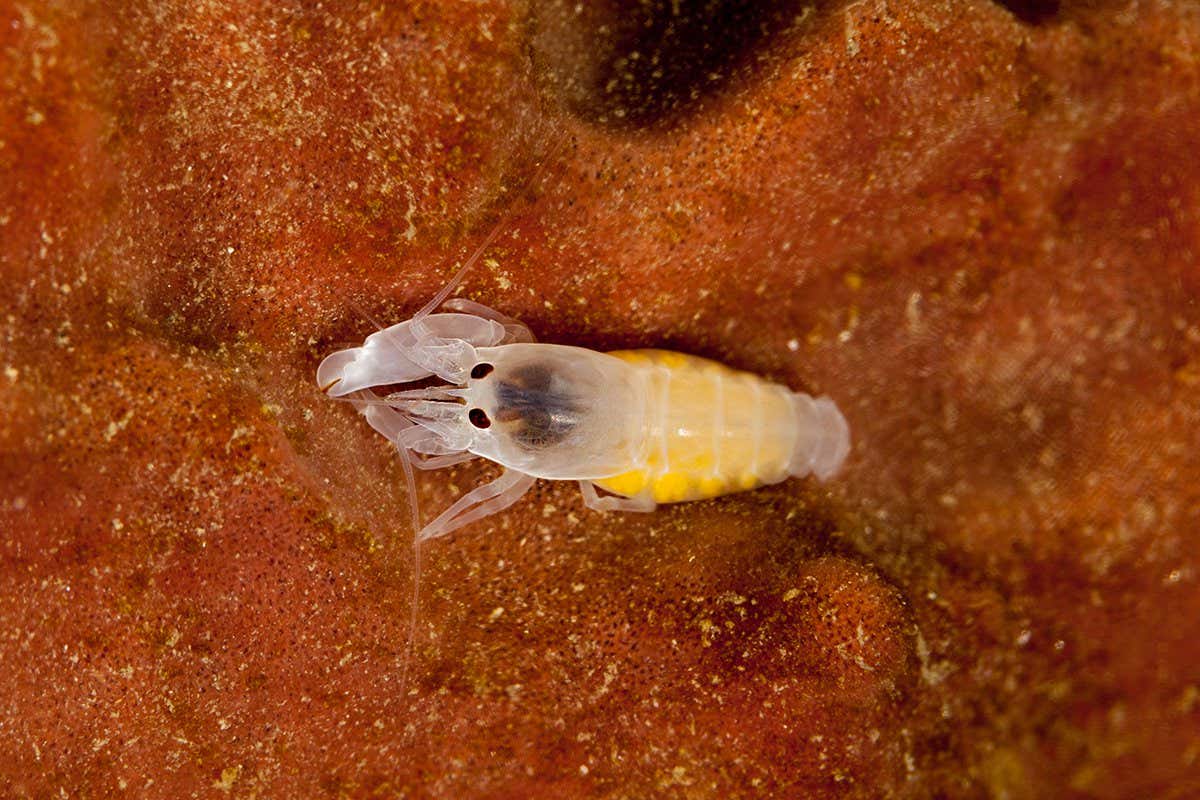Young Shrimp's Claws Shatter Acceleration Record: A Tiny Creature, A Giant Leap in Science
A groundbreaking study reveals that the mantis shrimp's rapid strike, generated by its incredibly powerful claws, surpasses all previously recorded acceleration rates in the animal kingdom. This tiny crustacean, known for its dazzling colors and ferocious hunting style, has once again amazed scientists with its extraordinary capabilities. The research, published in Nature Communications, details how the mantis shrimp achieves this astonishing feat of biomechanics, opening doors for potential applications in engineering and materials science.
Unmatched Speed and Power
The mantis shrimp, specifically the Odontodactylus scyllarus, possesses specialized raptorial appendages that it uses to pulverize prey with incredible force. Previous studies had already hinted at the exceptional speed of these strikes, but this new research uses high-speed cameras and advanced imaging techniques to reveal the true extent of their power. The study found that the claws can accelerate at a rate exceeding 10,400 g, far exceeding any previously measured animal acceleration. To put this in perspective, a fighter jet pilot experiences around 9g during a high-speed maneuver.
- Astonishing Acceleration: The mantis shrimp's claw acceleration surpasses 10,400 g.
- Unrivaled Power: This translates to an incredible amount of force, capable of shattering the shells of its prey.
- Biomechanical Marvel: The mechanism behind this acceleration is a complex interplay of spring-loaded mechanisms and specialized muscle structures.
The Science Behind the Strike
The researchers believe the key to the mantis shrimp's remarkable acceleration lies in a unique combination of factors:
- Spring-Loaded Mechanism: The claw acts like a highly sophisticated spring, storing potential energy and releasing it explosively.
- Specialized Muscles: Fast-twitch muscles provide the initial power, while slower-twitch muscles provide the sustained force needed for the impact.
- Unique Claw Structure: The claw's specific shape and composition contribute to its ability to withstand the immense forces generated during the strike.
Implications for Engineering and Beyond
This discovery has significant implications for various fields, particularly in engineering. The mantis shrimp's claw provides a blueprint for designing high-performance impact systems, potentially leading to advancements in:
- Impact-resistant materials: Studying the claw's structure could inspire the development of new materials with superior durability and impact resistance.
- High-speed robotics: The mantis shrimp's mechanism could inform the design of robots capable of performing delicate yet powerful tasks.
- Weaponry and defense systems: While potentially controversial, the research could also have implications for the development of more effective weaponry.
Future Research and Exploration
The research team plans to continue investigating the mantis shrimp's biomechanics, hoping to unlock further secrets of its incredible power. Further study will likely focus on the microscopic structure of the claw and the precise interplay between the muscles and spring-loaded mechanism. This deeper understanding will not only enhance our appreciation of the natural world but also pave the way for innovative technological advancements.
Conclusion: A Tiny Powerhouse
The mantis shrimp's astonishing acceleration record serves as a powerful reminder of the incredible diversity and ingenuity found in nature. This tiny creature, with its seemingly simple design, has achieved something truly remarkable, demonstrating the power of evolution and inspiring scientists and engineers alike. This research highlights the continued importance of studying the natural world, unearthing remarkable secrets that can benefit humanity.
Keywords: Mantis shrimp, acceleration, biomechanics, high-speed, nature, science, engineering, materials science, robotics, impact resistance, Odontodactylus scyllarus, Nature Communications.

